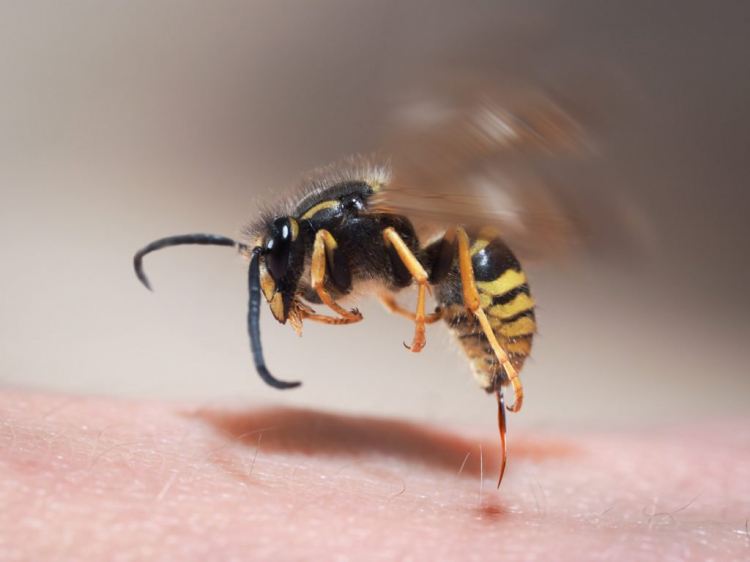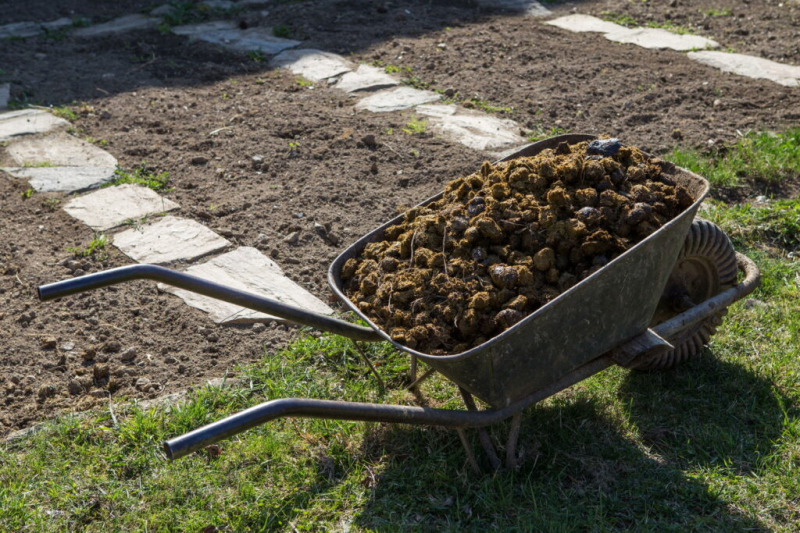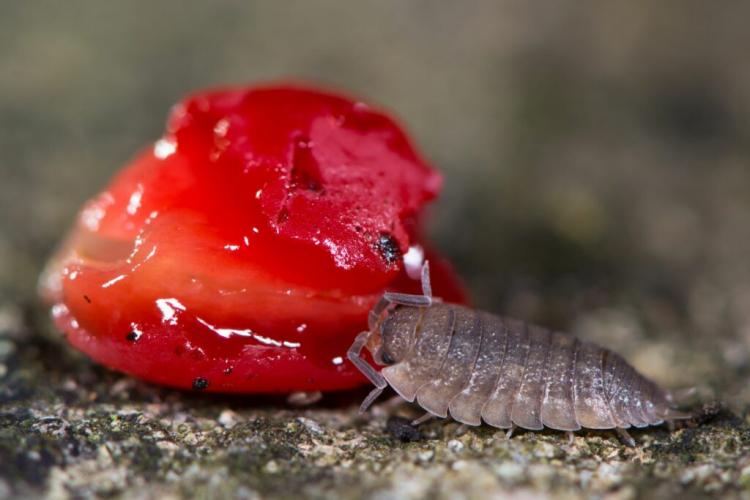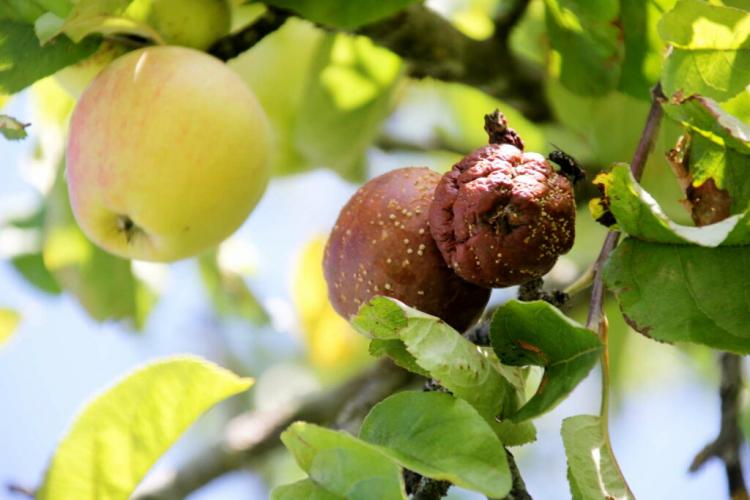Box Tree Moth Recognizing: Signs And Pictures
Before it is too late, you should better recognize the box tree moth by clear signs and then fight it specifically. We provide the necessary information. You have probably already heard that the box tree moth (Cydalima perspectalis ) is a dangerous pest on box trees (Buxus). But recognizing the pest and differentiating it from other diseases of the boxwood is certainly not easy for everyone. We provide the information you need to protect your beloved box trees in a timely manner.
In order to recognize an infestation with the box tree moth at an early stage, knowledge of the correct control is essential. In this article, you will learn when to check and how to recognize the infestation. Below are some tips on how to fight it.
Box tree moth: when to check?
Table of Contents
Box tree moth eggs, caterpillars, and butterflies are not found at all times of the year. The overwintered caterpillars are followed by pupae and moths in spring, followed by eggs and a new generation with successive stages of development. And these stages, unfortunately, occur at slightly different times each year, depending on the temperature and weather. The table below briefly summarizes the occurrence of eggs, caterpillars, pupae, and cocoons. Here, however, the normal case is shown: Particularly warm years lead to faster development of the borer, in some cases a complete further generation can appear.
Because the actual occurrence of the pest, in reality, can differ from this representation, you need to carry out your own checks.
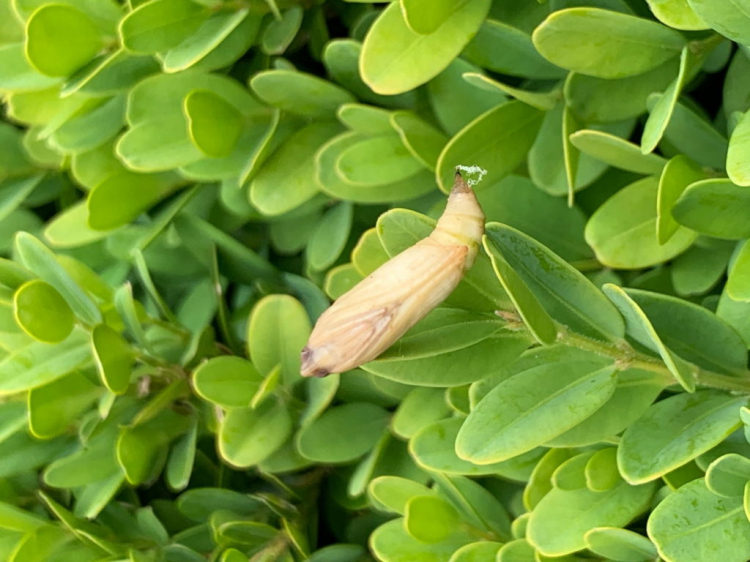
Check box trees
From April the inside of box trees will be checked for overwintered moth caterpillars. These controls of the inside and outside of the bushes should be carried out at least once a month until September, just to be on the safe side. Around June, the overwintered generation developed into moth butterflies, so that butterflies can also come to you from neighboring gardens or from much further away.
You might so like: Powdery Mildew On Roses: Identifying And Combating Powdery Mildew And Downy Mildew
You should now start to use pheromone traps to detect their presence. Recognizing the flight of moths gives you information about when eggs and young caterpillars will be found on your box trees. This is the case about two weeks after the butterfly flight.
Recognize box tree moth infestation
The box tree moth behaves very secretly in almost all phases of life. Groups of up to 20 eggs are deposited in the outer areas of the shrub as “ice mirrors” on the underside of the leaves. They can only be discovered in the time immediately after the butterfly flight and with good eyesight. As soon as the small, green-yellow larvae have hatched, they make their way into the interior of the box tree, where they lodge themselves between the caterpillars and leaves and scrape away leaves with their mouthparts. In this phase, white webs are hidden inside the shrub. If you open them, they contain young larvae and droppings.
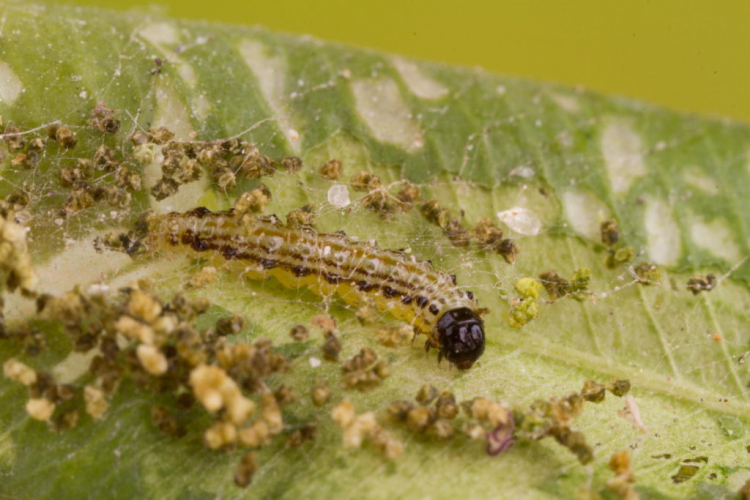
Older larvae move to the outside of the boxwood. In this phase, the infestation is easily recognizable: the caterpillars now eat whole leaves and the bark is also eaten – as a result, whole parts of the box tree die-off and turn yellow. The fact that this damage was caused by the bush tree borer can be seen from the maximum 5 cm long, green-yellow caterpillars with black and white stripes and the characteristic black head capsule. The white webs now also appear more clearly.
You might so like: Aphids On Roses: How To Fight Aphids Naturally
During metamorphosis, the caterpillars pupate into similarly colored, 2 cm long pupae that are also woven into leaves. It is difficult to observe the flight of the moths without the use of pheromone traps, as the small butterflies are nocturnal. If there is a fragrant butterfly lilac ( Buddleja davidii or Buddleja alternifolia ) in the vicinity, the boxwood moth can sometimes also be found there during the day. If you have discovered moths in your garden, you should keep an eye out for eggs and larvae in the coming days to prevent a strong infestation by combating the moth.

Summary Recognizing the box tree moth infestation:
- Eggs are found in the outer areas on the underside of leaves shortly after the moths fly
- Young, yellowish larvae can be found inside the box tree, hidden in white webs
- Older, darker colored larvae can be found outdoors, shoots can die off and turn yellow, whole leaves are destroyed, webs can be seen openly
- Dolls are in a web of caterpillar silk and leaves
- Butterflies can be discovered through boxwood moth traps such as moth trap or observed on butterfly lilacs (Buddleja)

Box tree moth: what to do in the event of an infestation?
After discovering the infestation with boxwood moths, you should not touch for a long time, but fight the infestation:
- Cut your boxwood about two weeks after you have seen the moths fly. This removes eggs and newly hatched larvae.
- Cut the web with young caterpillars from the inside of the boxwood.
- When the caterpillars reach the outside area, you can use biological sprays. In the preceding stages, the caterpillars are too well protected for this by their webs. If the infestation is low, you can collect the caterpillars by hand or wash them away with a hard jet of water.
Reference List:
- BOXWOOD DISEASES & INSECT PESTS – https://hgic.clemson.edu/factsheet/boxwood-diseases-insect-pests/
- Box Tree Moth – https://extension.psu.edu/box-tree-moth

